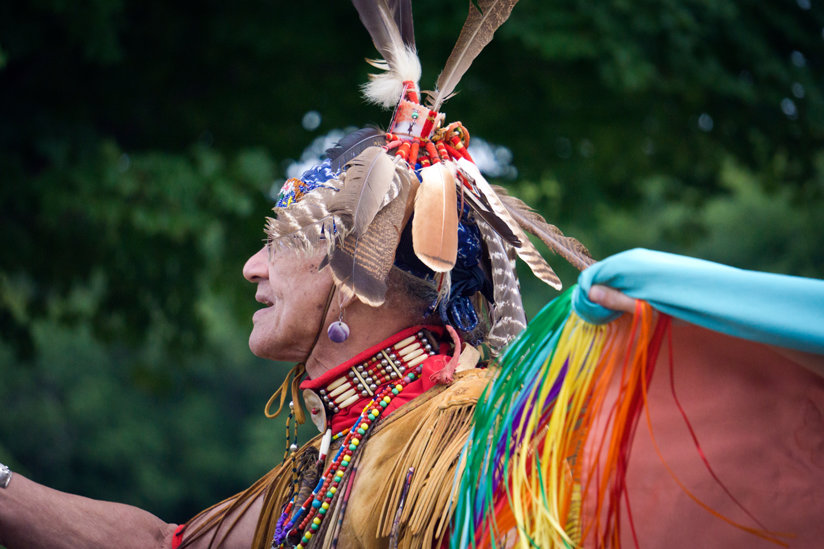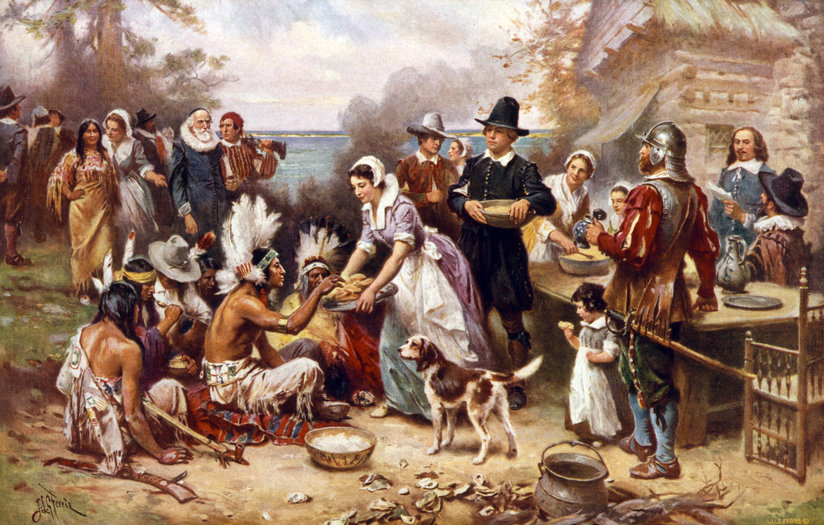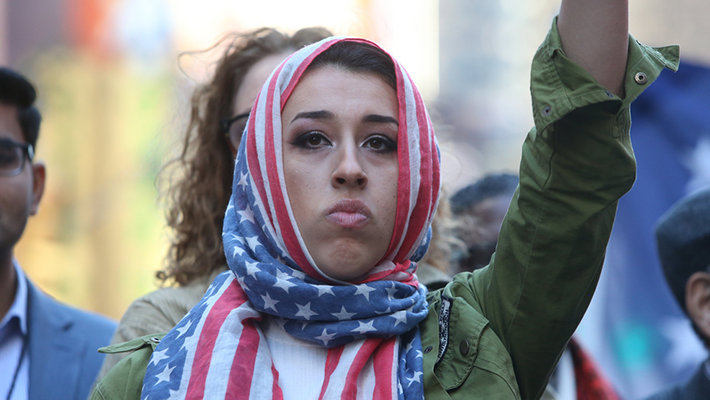
-
HOME
-
WHAT IS STANDOur Mission Our Values Our Help Contact
-
WHAT WE FIGHT FORReligious Freedom Religious Literacy Equality & Human Rights Inclusion & Respect Free Speech Responsible Journalism Corporate Accountability
-
RESOURCESExpert Studies Landmark Decisions White Papers FAQs David Miscavige Religious Freedom Resource Center Freedom of Religion & Human Rights Topic Index Priest-Penitent Privilege Islamophobia
-
HATE MONITORBiased Media Propagandists Hatemongers False Experts Hate Monitor Blog
-
NEWSROOMNews Media Watch Videos Blog
-
TAKE ACTIONCombat Hate & Discrimination Champion Freedom of Religion Demand Accountability
The Wampanoag Nation: Heroes of Our First Thanksgiving
Today is the 400th Thanksgiving. Long before Abraham Lincoln designated a Thursday in November as a national “day of Thanksgiving and Praise,” in 1863 Americans observed the end of the harvest with a feast of gratitude marking that first Thanksgiving observed so long ago by a group of pilgrims literally saved from starving by the kindness and generosity of the Wampanoag Nation.
November is National Native American Heritage Month, a time when our nation—as it has in recent decades—reluctantly peeks at the truth of its history through closed fingers and emerges the better for it.

The parallels between Lincoln and Wampanoag sachem (chief) Ousamequin are easy to draw. Both led a nation through its most desperate time; both were fated to deal with death and dying on a sickening scale. In the case of Lincoln, 1 of every 5 soldiers who saw action in the Civil War died, and 2 of every 3 of those died from disease, not injury. The Civil War killed 2.5 percent of the American population at the time, a ratio equivalent to 7.5 million people today.
In the case of Ousamequin, known in history books as “Massasoit” (which means “great sachem” and was his title), saw two-thirds of his once-mighty nation die within three years, felled by a pandemic that some historians labeled as smallpox or yellow fever. Known as The Great Dying, the Wampanoags who survived it were in danger of extinction when the Pilgrims arrived in 1620.
November is National Native American Heritage Month, a time when our nation—as it has in recent decades—reluctantly peeks at the truth of its history through closed fingers and emerges the better for it.
The Wampanoag Nation had flourished for 10,000 years, had numbered in the tens of thousands, and dwelled in nearly 70 villages throughout what is now southeastern Massachusetts. Now, as the Pilgrims arrived, his people severely weakened, Ousamequin feared war with the neighboring Narragansetts.
There was something different about these new arrivals, however. They brought women and children with them—a far different signal than earlier Europeans who had come fully armed with the intent to conquer, not befriend.
The sachem’s scouts kept watch on the new arrivals—watched as half of them died that winter from starvation and cold. And Ousamequin arrived at a plan: make an alliance with the English whose superior weapons would protect the natives from their enemies, and in return his people would teach the Pilgrims how to survive in their new land.

The plan worked. The Wampanoags taught the English how to farm beans and squash in a mound with maize around it, with one crucial additional ingredient: fish guts as fertilizer. One could say with some truth that it was fish guts that saved the Pilgrims and enabled them to celebrate their first successful harvest, a harvest that brought with it assurances of their survival as a colony.
Feasting and celebrating, some overzealous Pilgrims fired their muskets, arousing their indigenous neighbors (who had not been invited). Fearing invasion, Ousamequin and one hundred warriors descended on the English only to find they were crashing a party, not a war camp. Ousamequin summarily dispatched his men back to their homes, from which they later returned with deer, assortments of fish and fowl, and cranberries from the nearby bog. Native and colonist celebrated alike.
And they lived… happily ever after?
Well, not quite. The Wampanoags and the Pilgrims kept their peace while the great sachem Ousamequin lived particularly mindful that his people’s survival depended on the good will of the Europeans. After his death, and the subsequent mysterious and sudden death of his son and successor, tensions began to build between the natives and the settlers—the natives suspecting foul play on the part of the English, and the tensions ultimately erupting into warfare.
The Wampanoag Nation had flourished for 10,000 years.
And so it went, century after century, the Wampanoags, decimated by war, legal decrees, broken treaties, and forced assimilation, were wedged into an ever-dwindling patch of land to call their own. And as their lands and numbers declined, so too did their language and customs and identity.
A 1970s filing for federal recognition collected dust and red tape for over 30 years before being granted in 2007. In 2015, 300 acres of land scattered throughout the Cape Cod area were put in federal trust for the Wampanoags, or less than half of one percent of their original land. They now had a reservation, but the U.S. government then tried to take the land back out of trust, thus crippling the tribe’s ability to develop it.
The 4-5,000 remaining Wampanoag—whose name means People of the First Light—are hopeful that the present Secretary of the Interior, herself a Native American, will grant them sovereignty and the right to develop the land and regain some measure of identity.
The land is of paramount importance. As 99-year-old Wampanoag chief Vernon “Silent Drum” Lopez puts it, “The land is always our first interest. It’s our survival.”
Meanwhile, some within the community are keeping the lamps lit for the People of the First Light. Some years ago, a Wampanoag, Jessie Little Doe Baird, experienced the same dream three nights in a row. In the dream she was surrounded by the faces of her ancestors speaking a strange tongue, but one she knew was her native language. That dream is now a reality. A small school of 24 students ages 2 to 9 now teaches the basic subjects in the tribe’s native Algonquian tongue with language classes available for adults who want to preserve this part of their heritage.
Thanksgiving is, in many ways, the most personal of all our holidays. Different people may be thankful for different things—a good year, a happy marriage, healthy children, continued prosperity. For the Wampanoag, this year’s National Native American Heritage Month may mark the turning point for that hardy and proud tribe who were the true heroes of that very first Thanksgiving, and who may yet regain that greatest of all blessings—the right to be, do and have as themselves—a blessing for which they, too, may be truly thankful.









